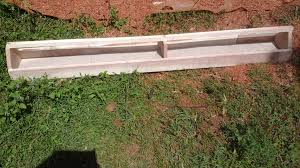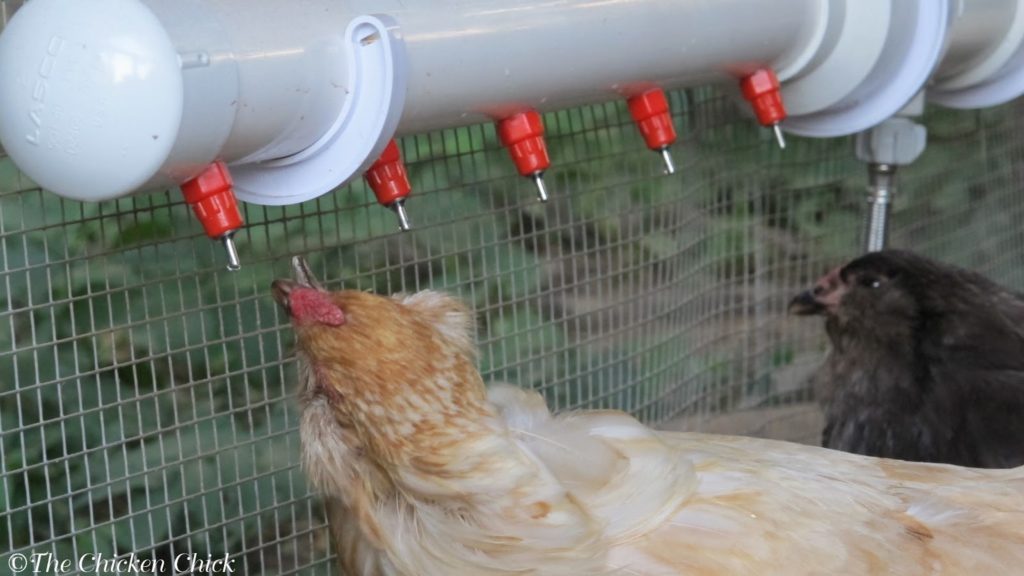Improvising Feeders and Drinkers
One of steps that you will have to take as a Kienyeji chicken farmer is constant improvisation in order to ensure better management. This especially so if you plan to minimizes expenses and maximize on your profits. Good spacious feeders are also good for the productivity of your birds.
As the birds mature, the small metallic feeders will no longer become viable. They will scramble on the small space and get injured. The weaker birds will not even get an opportunity to eat from the small feeders if you have a large flock. While feeding trays are generally recommended, it is best to have feeders that are bigger and spacious enough and which will not be contaminated easily.
Here is a look at how we customized this wooden feeder and added a roof in order to ensure that there is zero contamination of the feeds. Remember that feed contamination is what is likely to lead to bacterial infections resulting in diseases such as coccidiosis where the chickens pass bloody droppings and bloody stools.
This is the Original Metallic Feeder that was good for the day old chicks
From five to six weeks onwards, these feeders will become too small for your birds and you now have to invest in the larger feeders. We customized an initial wooden feeder design shown below.

The problem with the above design is that the poultry are beginning to develop an affinity to roosting or a powerful roosting urge. So as others feed, others will be roosting on the top pole and passing their droppings into the feeds. This results in lots of food contamination, lots of wastage and unhygienic conditions which are very likely to cause infections.

In the redesigned feeder, we included a roof. Since there is no roosting rod, there is less urge to sit on top of the feeder and even when they sit on top of the feeder, their droppings will not go into the feeds. The feed remains uncontaminated throughout until you bring in new feeds.

It is however advisable to clean these wooden feeders the same way you clean the plastic or metallic feeders. Wash them and let them dry in the sun for about an hour when you take the chickens out to scavenge or get some sunshine or when you are not feeding them.
Improvising on Drinkers
The most common drinker design used is this one by Kenpoly but as you will notice, it is only good for the young chicks. As they get older, they will begin defecating on the water leading to contamination and possible occurrences of diseases such as bacterial infections amongst others.
You can customize new drinkers for your old chickens by cutting square holes into your jerricans as shown below. The chicks will be drinking from the outside and the water remains fresh for a very long duration of time. Even when they overcrowd the jerrican, none will attempt to get into the water. The water should also be changed often in order to keep it fresh.

This is by far the best drinker system that you could install.
Chicken are messy and keeping water clean is always a problem. So you have to use some innovative ways to keep the water clean throughout and keep the chicken healthy. With traditional drinkers shown above, the water is exposed and you will need to change it several times. Not so with the chicken nipple drinkers. The chicken will simply tap the nipple ends in order for water to be released from container directly into the mouths of chickens.

There are several advantages of keeping water clean at all times. These include the following:-
- You can keep the water clean at all times and clean water means your chickens are less exposed to diseases such as coccidiosis.
- You can keep inside the kienyeji chicken house without any risk of spillage.
- They do not occupy any floor space and that means you can maximize on the floor space for your chickens.
- It makes it easier for the scissor-beaked chickens to drink.